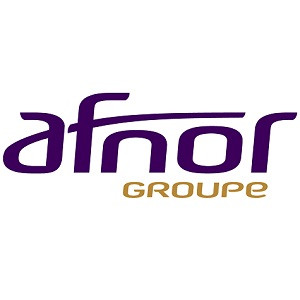


| Standard Number | XP CEN ISO/TS 19590: 2019 |
|---|---|
| Organization |
French national organization for standardization
|
| Level | National |
| Category | Test Method | Characterization | Measurement |
| Status |
|
This document specifies a method for the detection of nanoparticles in aqueous suspensions and for the characterization of the numerical and mass concentration of the particles and the numerical particle size distribution by means of an ICP-MS in time resolution mode in order to determine the mass of the particles. individual nanoparticles and ionic concentrations. The method is applicable to the determination of the size of inorganic nanoparticles (for example metals and metal oxides such as Au, Ag, TiO2, BVO4, etc.), with sizes between 10 nm and 100 nm (and particles with sizes between 1000 nm and 2000 nm) in aqueous suspensions. Metal compounds other than oxides (for example sulphites, etc.), metal composites or particles coated with a metal core can be determined if the chemical composition and density are known. The numerical concentrations of particles which can be determined in aqueous suspensions are between 106 particles / L and 109 particles / L, which corresponds to mass concentrations between approximately 1 ng / L and 1000 ng / L (for particles 60 nm gold). The actual figures depend on the type of mass spectrometer used and the type of nanoparticles analyzed. which corresponds to mass concentrations of approximately between 1 ng / L and 1000 ng / L (for gold particles of 60 nm). The actual figures depend on the type of mass spectrometer used and the type of nanoparticles analyzed. which corresponds to mass concentrations of approximately between 1 ng / L and 1000 ng / L.
